If not for the turn of the millennium, Caraga, Davao Oriental would have remained unknown. If you do a Google search on Caraga, it will bring you to an administrative region in northeastern Mindanao. What makes it more confusing is that Surigao del Sur, one of the provinces in the Caraga region, borders Davao Oriental to the north. Both provinces face the Pacific Ocean.
Extreme Points
I have always been fascinated with traveling to the farthest points of the Philippines. In the south, I was one island short of Sitangkai in Tawi-tawi. Last year, I was on the waiting list for the maiden voyage to Kalayaan Islands. Batanes remained elusive after many postponements.
Decades ago, I took a long bus trip to Zamboanga and a boat ride to Tawi-tawi to witness the last solar eclipse of the century in the Philippines. Unfortunately, it rained which did not only dampen the enthusiasm of the eclipse watchers but also the site itself making it super muddy.
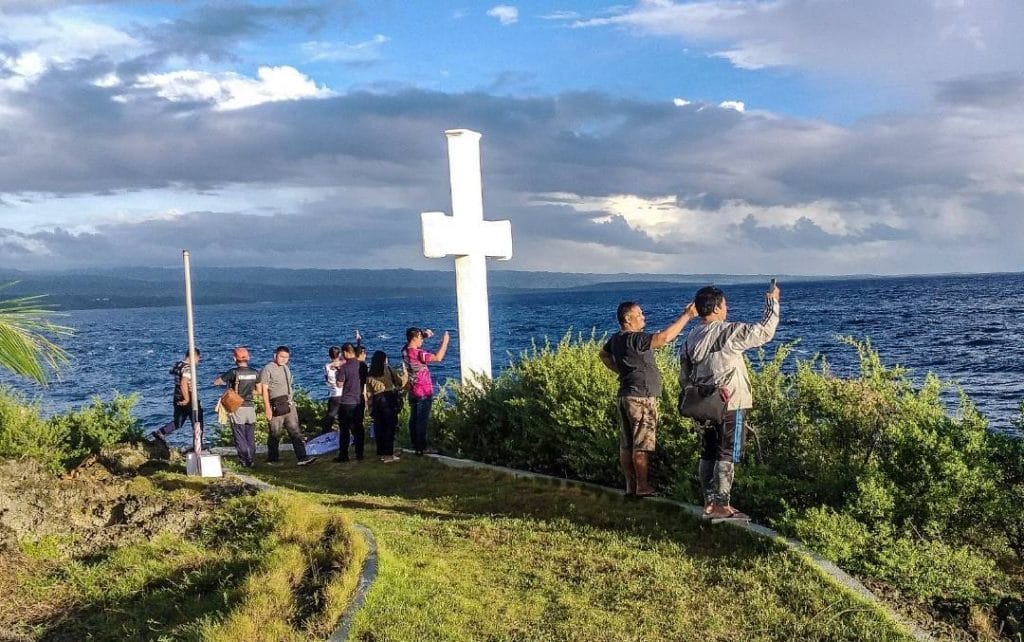
Caraga, specifically Pusan Point, gained instant fame as the place with the First Millennium Sunrise in the Philippines.
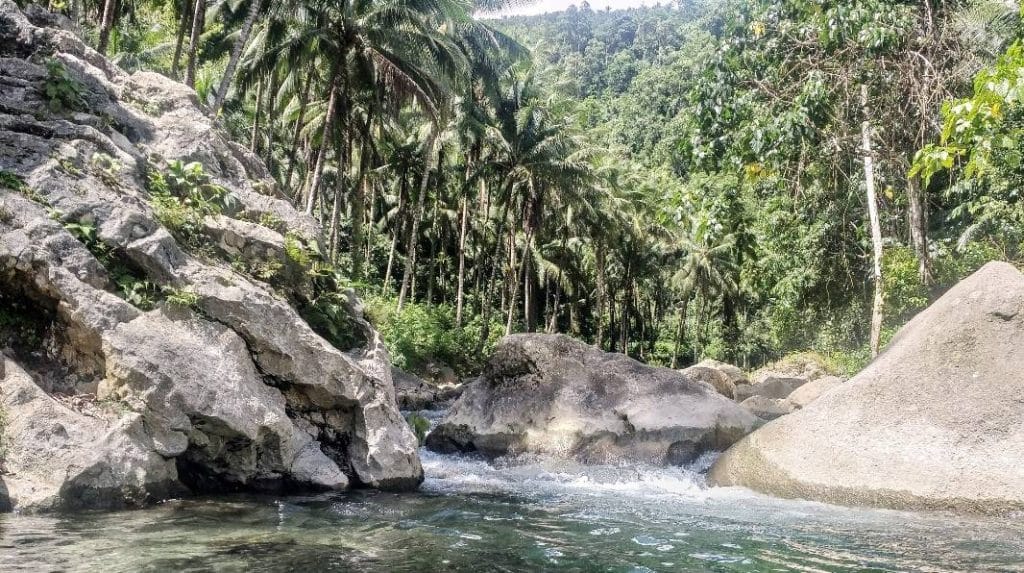
I may have missed that once-in-a-lifetime event but Davao Oriental has much more to offer. We left Joan Beach Resort at 4:30 am on our way to Pusan Point to witness the sunrise. Everybody was excited until it rained along the way. When we arrived, the rain stopped but the clouds remained dark and gloomy. When the sun rose, it was less spectacular than we expected but the beauty of the place has already enthralled us no less. A Jubilee Cross was built to mark the easternmost point. I was alone when I got there and had a feeling of awe and slight trepidation. The deep, dark blue sea reminded me of the Philippine Trench which was off the coastline of Surigao del Sur, north of Davao Oriental. There was no island in sight when you look at the wide expanse of the Pacific Ocean, the deepest ocean in the world. The nearest island would be Palau in Micronesia in a different time zone. The strong waves crushing the sharp rocks added more drama. After the mandatory selfie, I took more photos of the old and new lighthouses and the sundial in between.
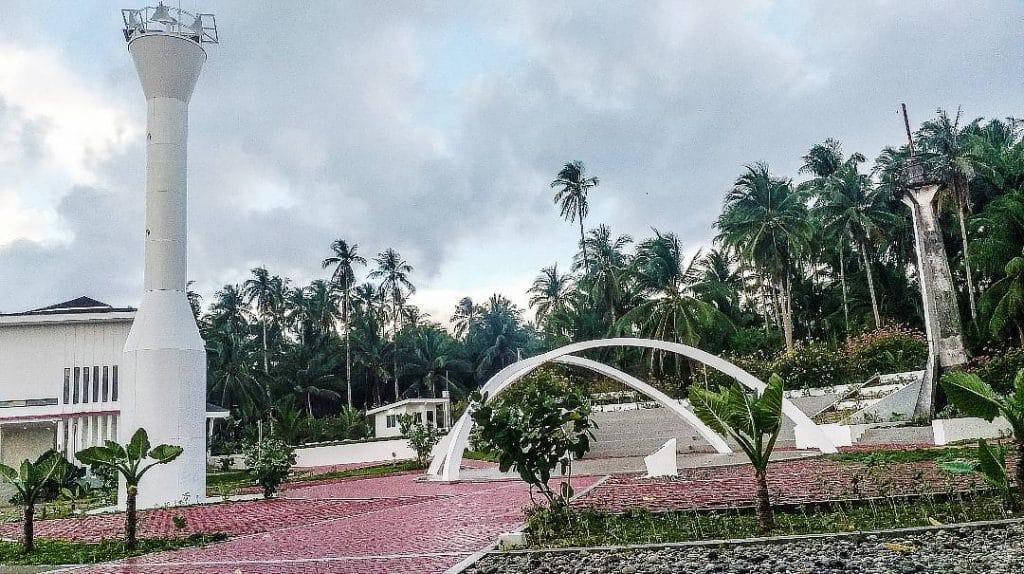
Surfing and Diving
Just like the surfing beaches of Catanduanes, Eastern Samar and Surigao del Sur which face the Pacific Ocean, Davao Oriental has San Luis in Caraga. When we went to San Luis, there was something of a beach festival. I don’t remember what they were celebrating but everything seemed to be in a jovial mood.
The rest were just happy chilling on the five-kilometer long beach. There were quieter beaches such as Bango beach and the unique Pantad Tidal Pool. We visited Villa Mabiga Beach Resort and another one called Enah Moana where I met two interesting mates from Down Under. One was a New Zealander ex-pilot who wants to publish a book on treasure hunting and an Aussie busker who plays different instruments including a leaf! I wish I had more time to share some beers with these guys but we were off to more adventures.
Best Waterfalls Adventure
Caraga is also known for its waterfalls. We reached Kyabatangan Falls via a one-and-a-half uphill bumpy ride at the back of a pick-up drive and a short hike. Kapuka Falls was an easier ride but more adventurous.
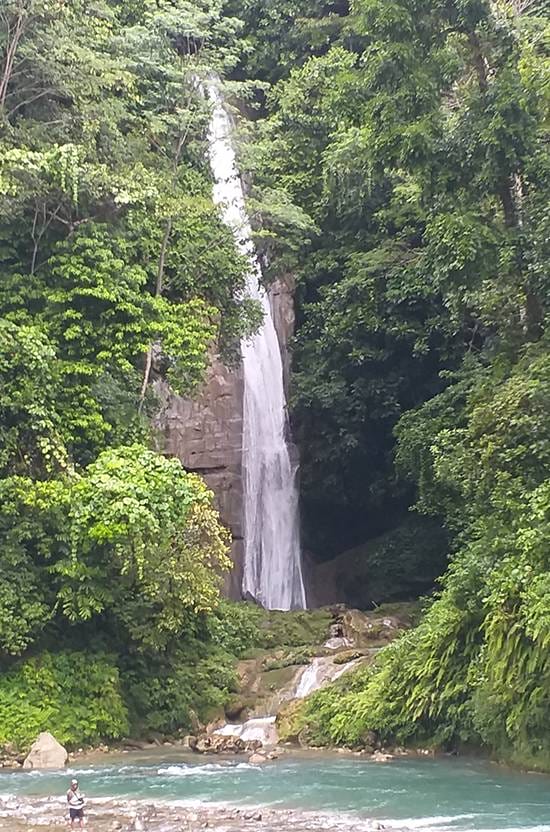
Heritage, Religious, Indigenous

Caraga has its share of heritage structures. At the Caraga Central Elementary, the school teachers played a video on how they preserved their Gabaldon-structure schoolhouse. Unknown to many, Caraga has one of the oldest towns in Davao Oriental. When the Jesuits took over the town, a church was built in 1877. Behind the church is a beach and an old structure which used to be a rectory. In 2012, it was declared a National Historical Site.
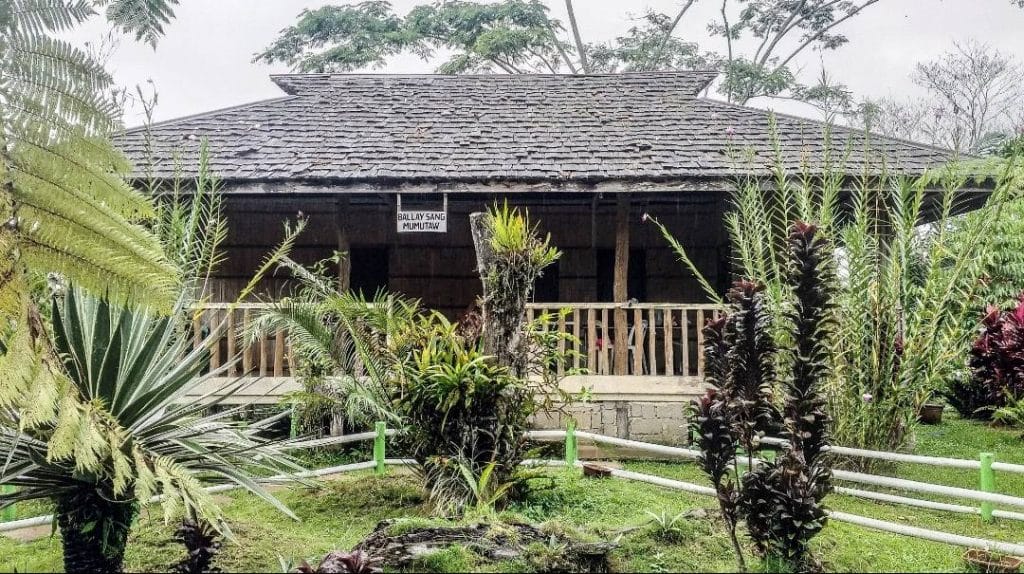
In almost all the major attractions of Caraga, we were greeted by smiling Mandaya dancers. The Mandaya are an indigenous group found in Davao Oriental, Davao del Norte and Surigao del Sur. Majority live in Davao Oriental. They have a rich cultural heritage in weaving, chanting, dancing, and playing instruments. An example of their weaving is called “dagmay” which is an abaca handwoven cloth with intricate design used as a skirt or blanket. At Sangab, ancestral domain of the Mandaya in Caraga, headed by their tribal chieftain, Christine Banugan, several of the Mandaya women underwent a Community-Based Tourism Marketing Enhancement Program sponsored by the Tourism Promotions Board.
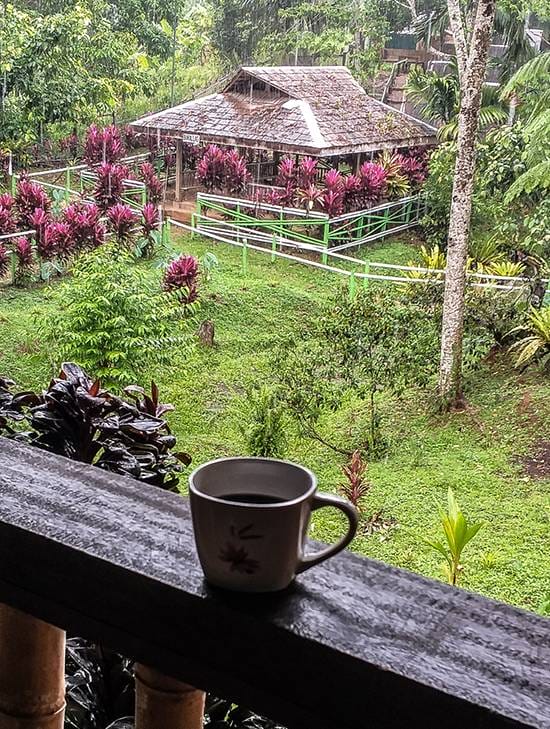
The term “Mandaya” means “people from the upstream.” We visited the Mandaya Educational Research on Heritage where we were oriented by Norma Gonos, Indigenous People Affairs Consultant on Mandaya Culture.
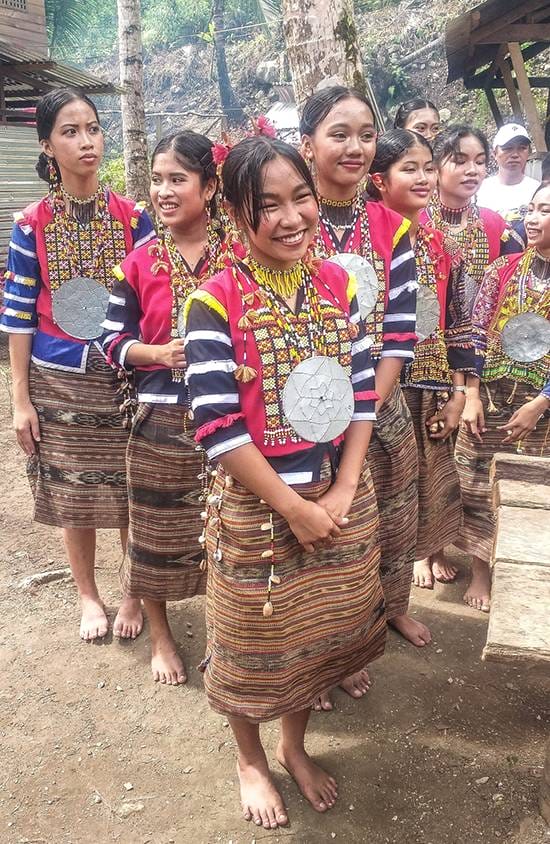
There were several books displayed but what piqued my interest was “Caragua Antigua: The Hispanization and Christianization of Agusan, Surigao, and East Davao. My great grandfather was a Spaniard who married a Manuvu. I may have travelled extensively around the Philippines but have just scratched the surface of the provinces in East Mindanao. Caraga may be the first point inland in the Philippines to welcome the sunrise but, for me, it is the first point in my journey of tracing my roots.
Thank you Tourism Promotions Board, Daph Ney and Jonathan Engbino for superb tour guiding.
* * *
JP Ordoña (Manilakad) leads Manilakad Walks in Intramuros, Binondo, Quiapo and more. Let him guide you to several walking destinations in Manila. Manilakad (Jing Ordoña) can be reached on Facebook Messenger or through text at 0916-3597888 and Viber (George Ordona) at 0960-6975930.
